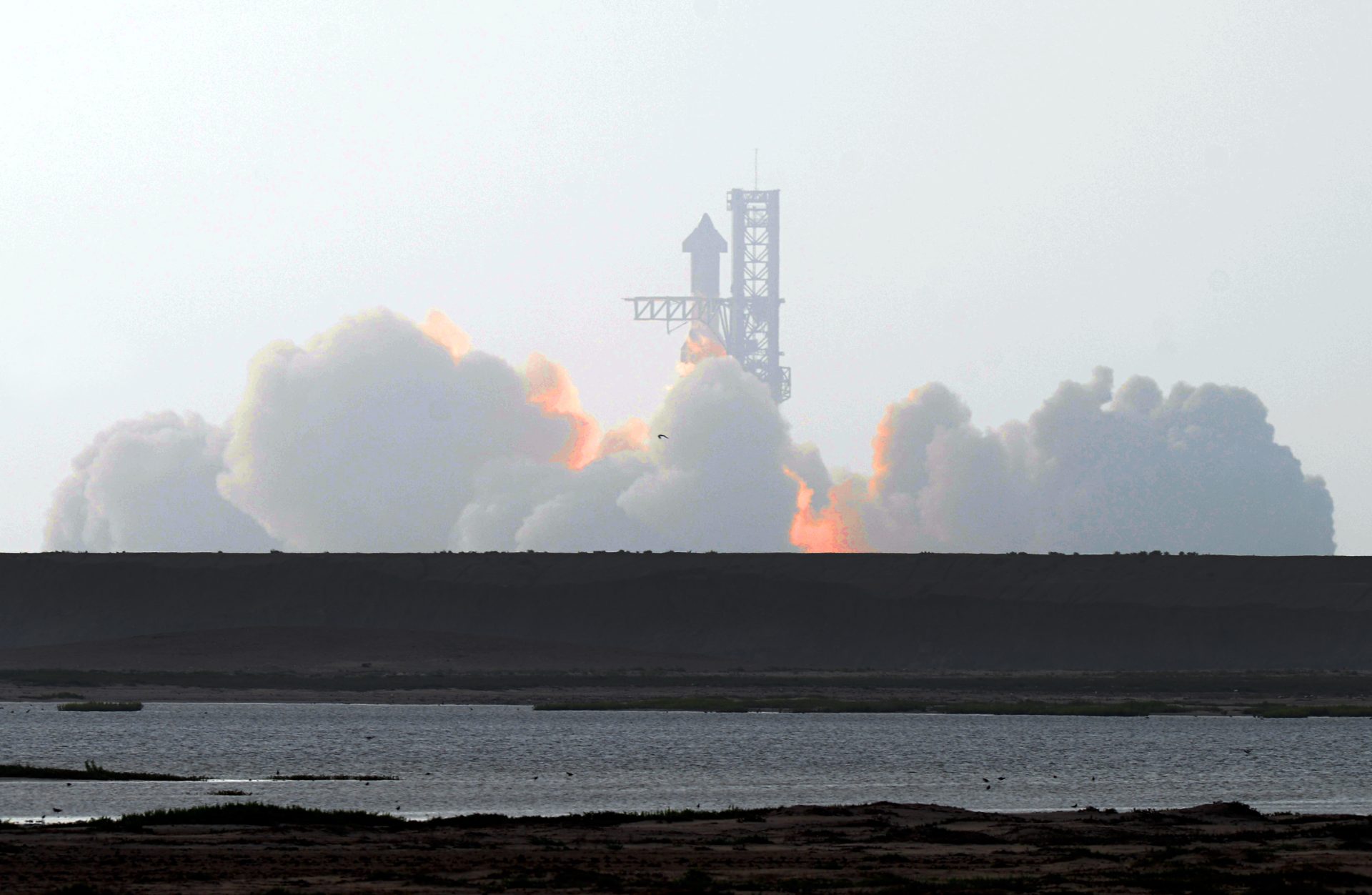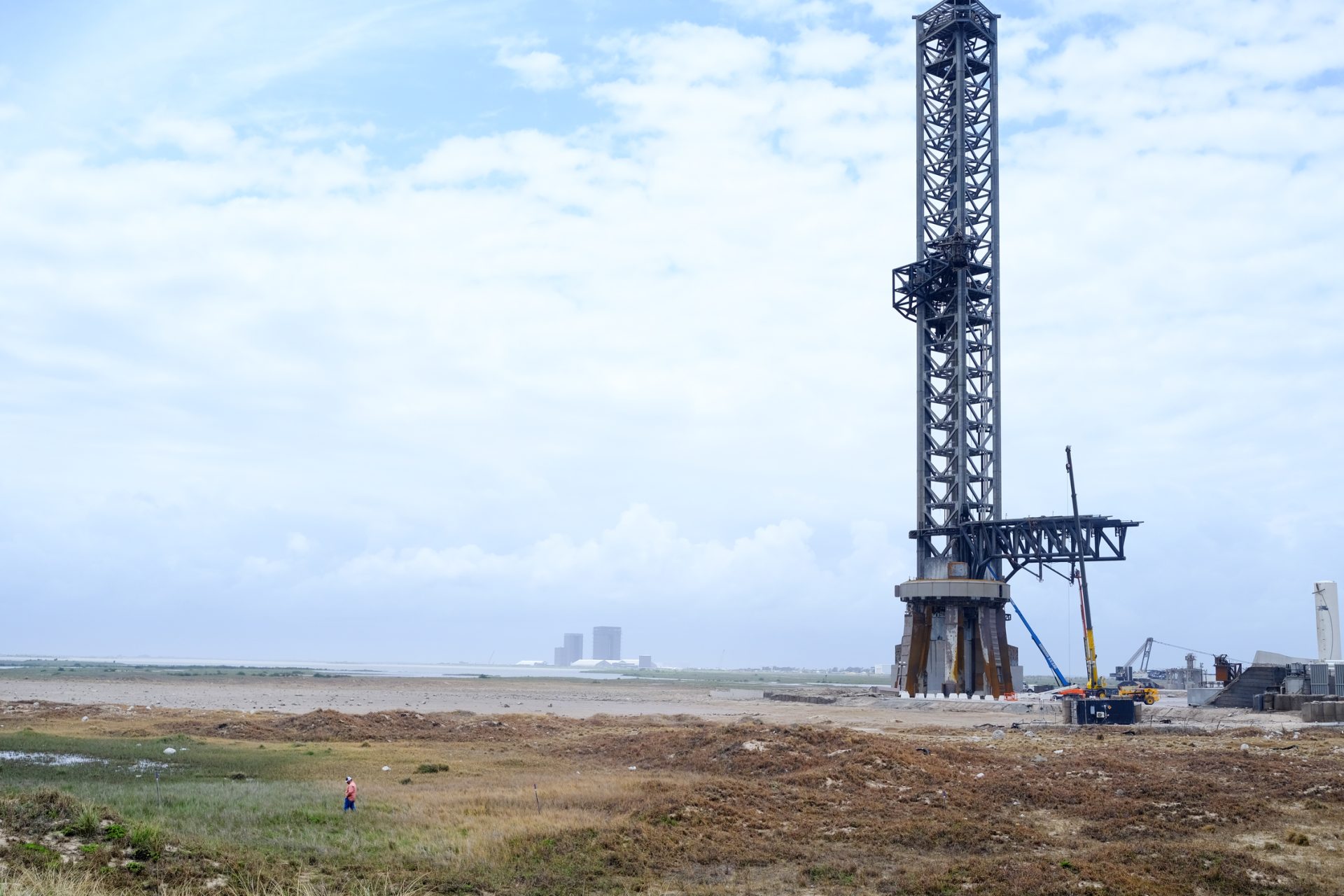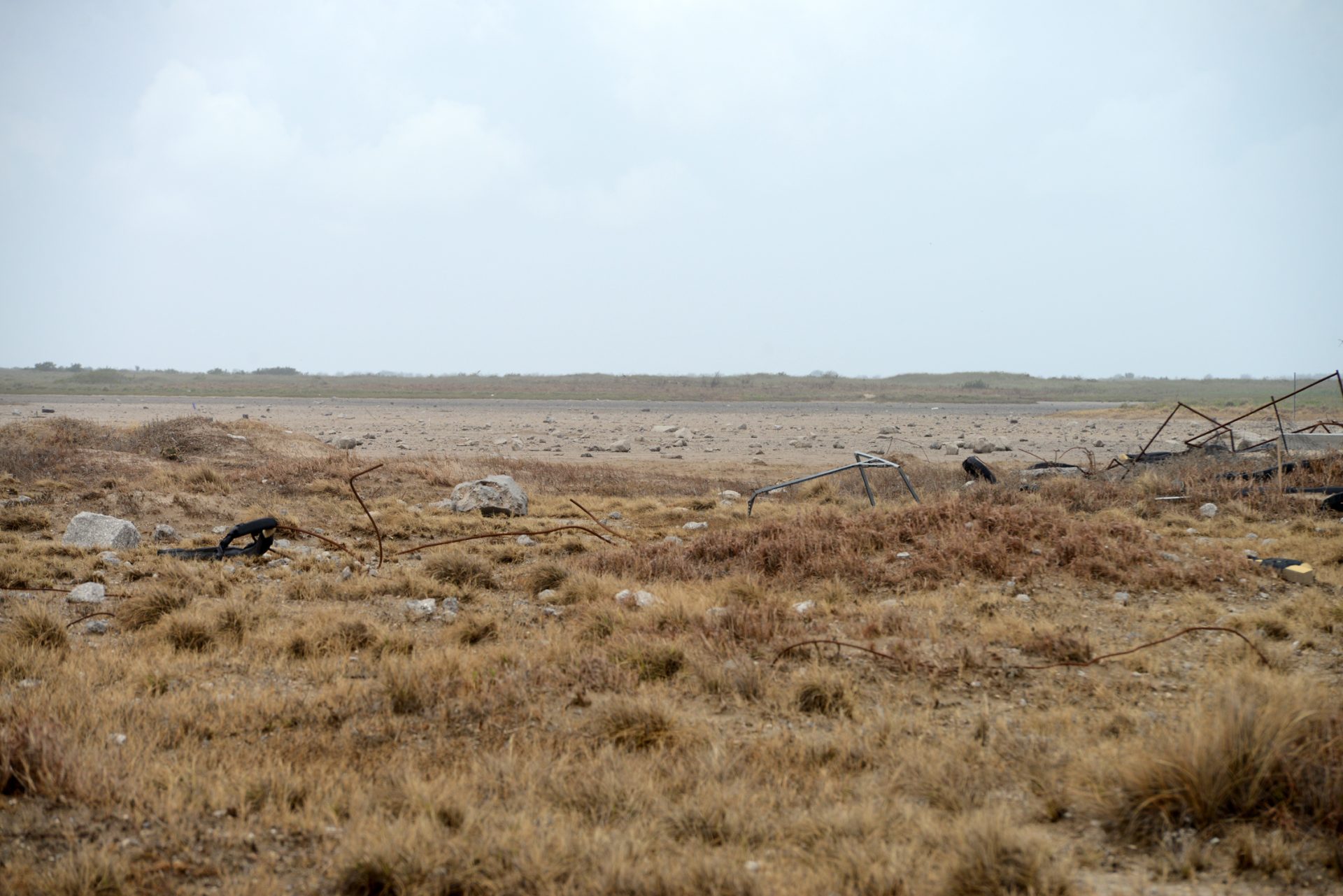|
Only have a minute? Listen instead
Getting your Trinity Audio player ready...
|

The Federal Aviation Administration says it should be finished with the safety review for SpaceX’s application for a second Starship orbital launch license by the end of October.
That doesn’t mean SpaceX will be granted its second license next month which is, technically, a modified version of the license for the first Starship orbital attempt on April 20 that was good only for that launch. When, and if, SpaceX get its modified license depends partly on how fast the U.S. Fish and Wildlife Service conducts a review of the environmental impact of upgrades to the launch site SpaceX has made since the first orbital flight attempt from Boca Chica left behind a huge mess.
That review has not started yet, Bloomberg reported on Monday. The April 20 launch scattered various sized chunks of concrete and metal over 385 acres of SpaceX and Boca Chica State Park land, according to the USFWS, which also reported a fire on 3.5 acres of state park land. No debris fell on the adjacent Lower Rio Grande Valley Wildlife Refuge and no wildlife appear to have died as a result of the launch, according to the USFWS.
The debris was what was left of the Starship orbital launch pad, obliterated by the thrust of the booster rocket’s 30-plus engines during launch. Besides the steel and concrete scattered around the launch site, a huge cloud of pulverized launch pad drifted with the wind and coated Port Isabel 6.5 miles north-northwest of Boca Chica. The Starship and Super Heavy booster self-destructed over the Gulf of Mexico after reaching an altitude of 24 miles and then veering out of control.

In August, the FAA submitted to the USFWS a draft update of its “biological assessment” of SpaceX’s upgrades, and requested consultation with the agency under the Endangered Species Act. According to the USFWS, as reported by Bloomberg, consultation will restart once the USFWS reviews the FAA’s final biological assessment and deems it complete, at which point the USFWS will have up to 135 days to produce its own biological assessment. The process could take even longer if the USFWS decides it needs more information, the publication reported.
The FAA announced Sept. 8 that it had closed its mishap investigation into the April 20 launch, found multiple root causes for the aborted flight and would require SpaceX to perform 63 separate “correction actions” to prevent similar mishaps in the future.
“Corrective actions include redesigns of vehicle hardware to prevent leaks and fires, redesign of the launch pad to increase its robustness, incorporation of additional reviews in the design process, additional analysis and testing of safety critical systems and components including the Autonomous Flight Safety System, and the application of additional change control practices,” the agency said.
SpaceX founder and CEO Elon Musk wrote soon after on X, formerly known as Twitter, that all the corrective actions necessary for a second orbital attempt had already been done. One of the biggest upgrades at the launch site that the USFWS will be looking into is a water deluge system designed to shoot massive amounts of water under the Super Heavy at liftoff to dampen the tremendous impact of its 33 liquid-oxygen and liquid-methane fueled engines at full thrust.

Although FAA officials have expressed optimism that the agency’s safety review of SpaceX’s license application will be done by the end of next month, with just little over 100 days left in 2023 there’s a good chance Starship won’t launch again from Boca Chica until next year, depending on how long the latest FAA/USFWS environmental review takes.
In a Monday interview with SpaceNews.com, Kelvin Coleman, FAA associate administrator for Commercial Space Transportation, said the review aspect injects a degree of uncertainty.
“That piece is a little bit of a wild card,” he was quoted saying. “We’re hoping that piece will wrap up somewhere in proximity to the safety review.”




